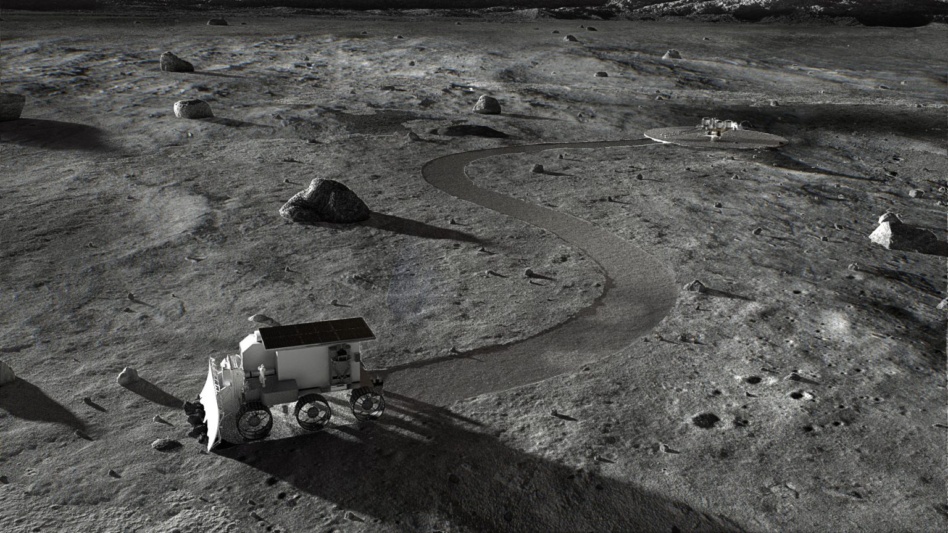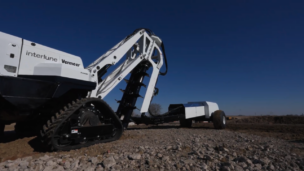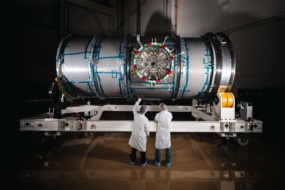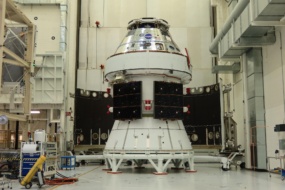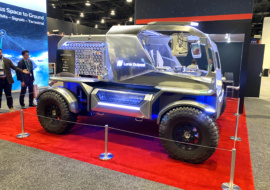NASA awarded 11 companies a combined $150M to support a next-gen lunar base camp and broader space exploration tech, the agency announced yesterday.
The grants, which were awarded under NASA’s Tipping Point program, fund an array of sci-fi-like projects including lunar nuclear fuel, in-situ resource utilization, LiDAR navigation, inflatable heat shielding, and lunar power transmission. The selected companies will have skin in the game by ponying up at least 10-25% of each project’s price tag.
“The technologies that NASA is investing in today have the potential to be the foundation of future exploration,” said NASA chief Bill Nelson.
Blue Origin ($34.7M): The company will continue developing its Blue Alchemist solution, which uses electrolysis to manufacture solar cells from lunar regolith. The process also produces oxygen as a byproduct.
- “First, we return humans to the Moon, then we start to ‘live off the land,’” said Blue VP Pat Remias.
Astrobotic ($34.6M): The lunar logistics startup will test its LunaGrid-Lite tech, which involves an Astrobotic lunar lander transmitting power to a small rover one km away via a tethered cable. The demo paves the way for a lunar power grid. The 6U CubeRover may fly as early as 2026.
ULA ($25M): The launch giant will advance its inflatable heat shield, which spacecraft could use to nail a Mars landing. ULA could also use the tech for terrestrial Vulcan engine recovery.
Redwire ($12.9M): The company will prototype its lunar processing tech, which solidifies lunar regolith to create a foundation for lunar habitats, roads, or landing pads.
- “Developing the technology to create infrastructure on the Moon to support landing, habitation, and commercial operations will enable the robust future that America and its international partners are creating,” said Redwire EVP John Vellinger.
Zeno Power ($15M): Zeno will develop an americium-241 radioisotope Stirling generator for long-duration lunar missions. In non-mumbo-jumbo language, the tech turns nuclear fuel into electricity, creating a highly-efficient power source for lunar infrastructure and rovers.
Other contracts include:
- Lockheed Martin ($9.1M): Demonstrate in-space material joining and inspection.
- Protoinnovations ($6.2M): Advance mobility control software for landers and rovers.
- Big Metal Additive ($5.4M): Develop additive manufacturing.
- Psionic ($3.2M): Flight demo of its LiDAR navigation and landing system.
- Varda ($1.9M): Flight test C-PICA, a thermal protection material.
- Freedom Photonics ($1.6M): Build lidar tech.
